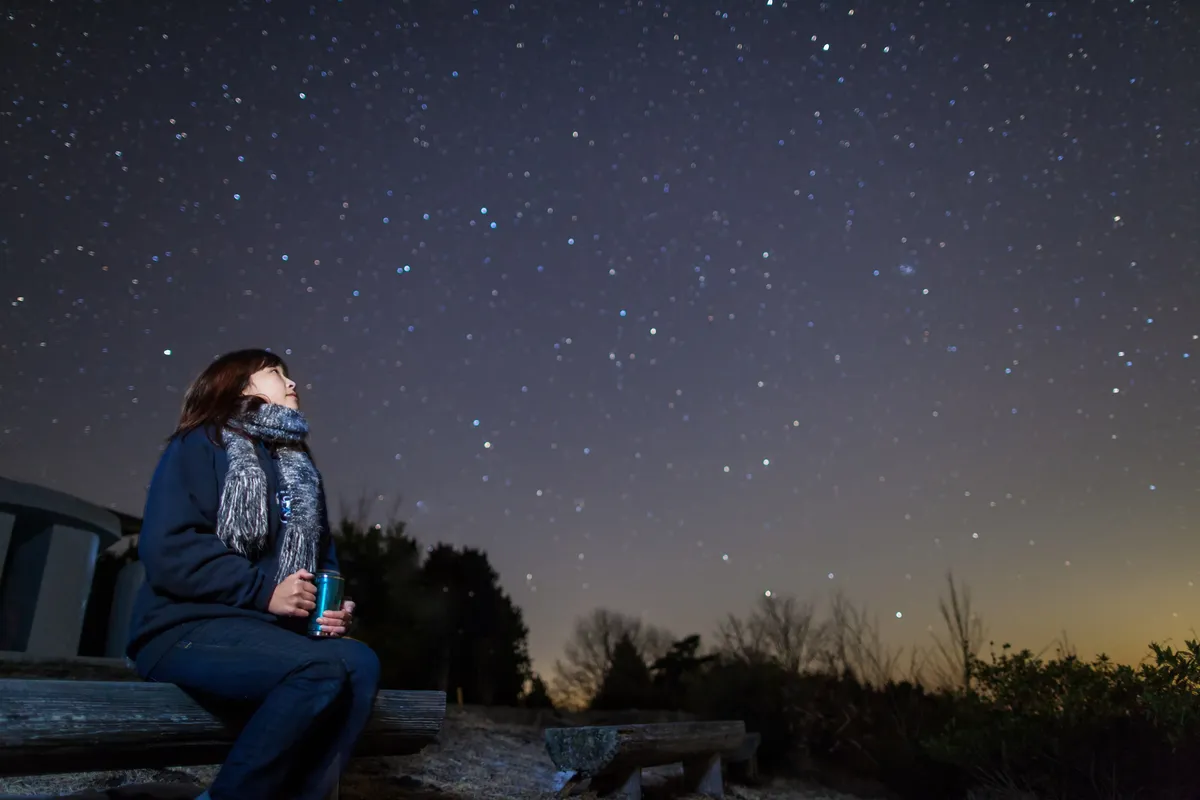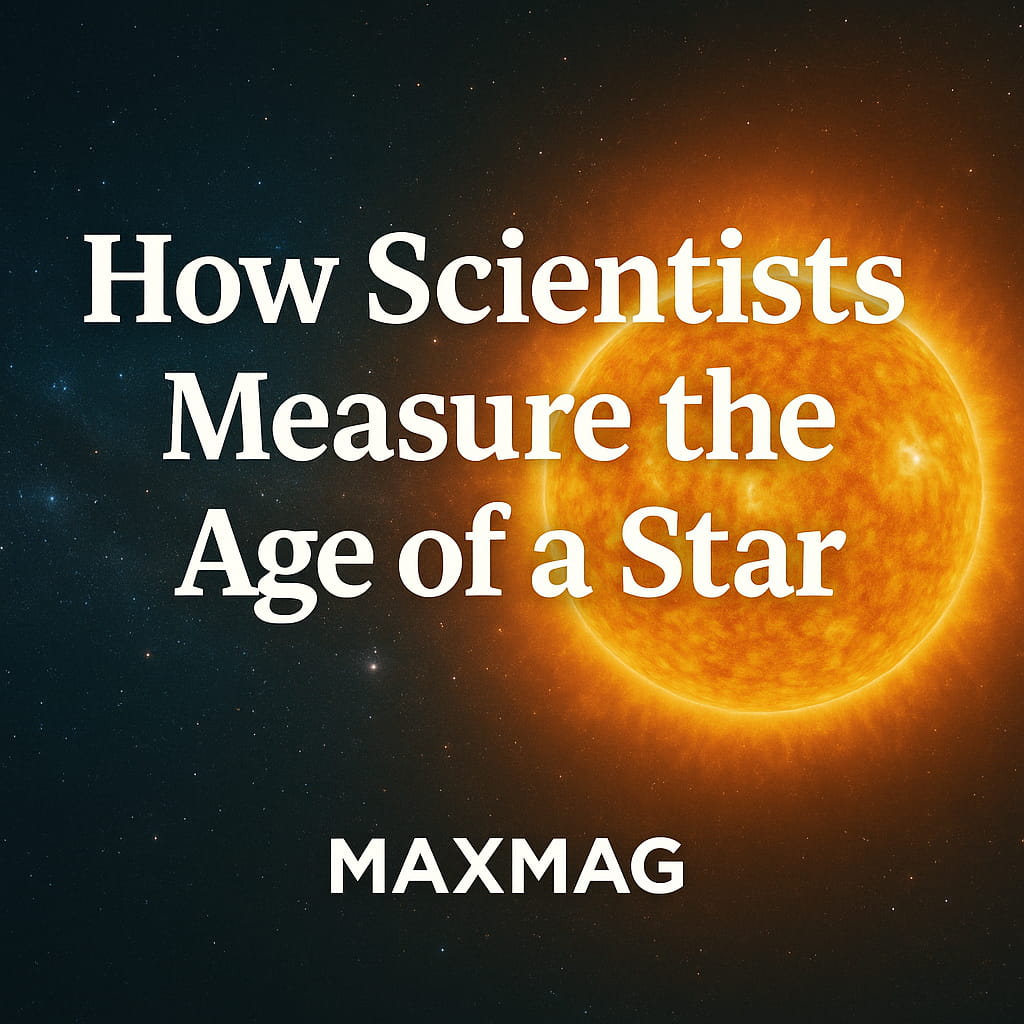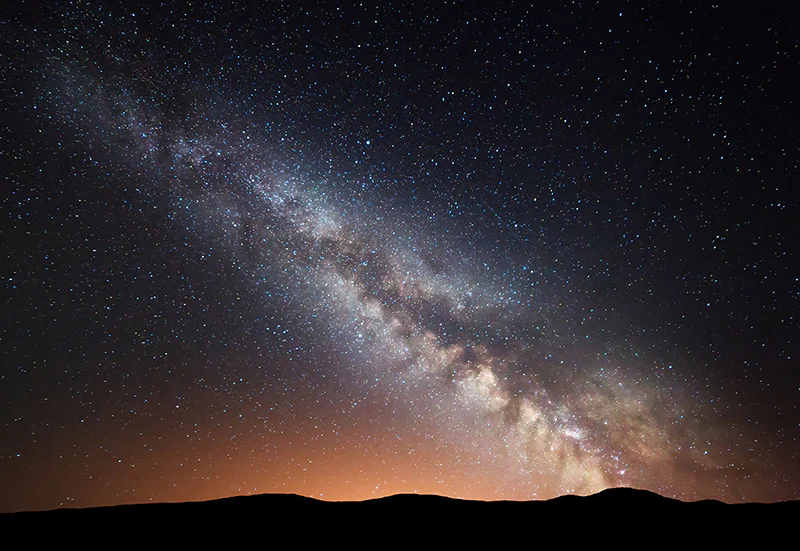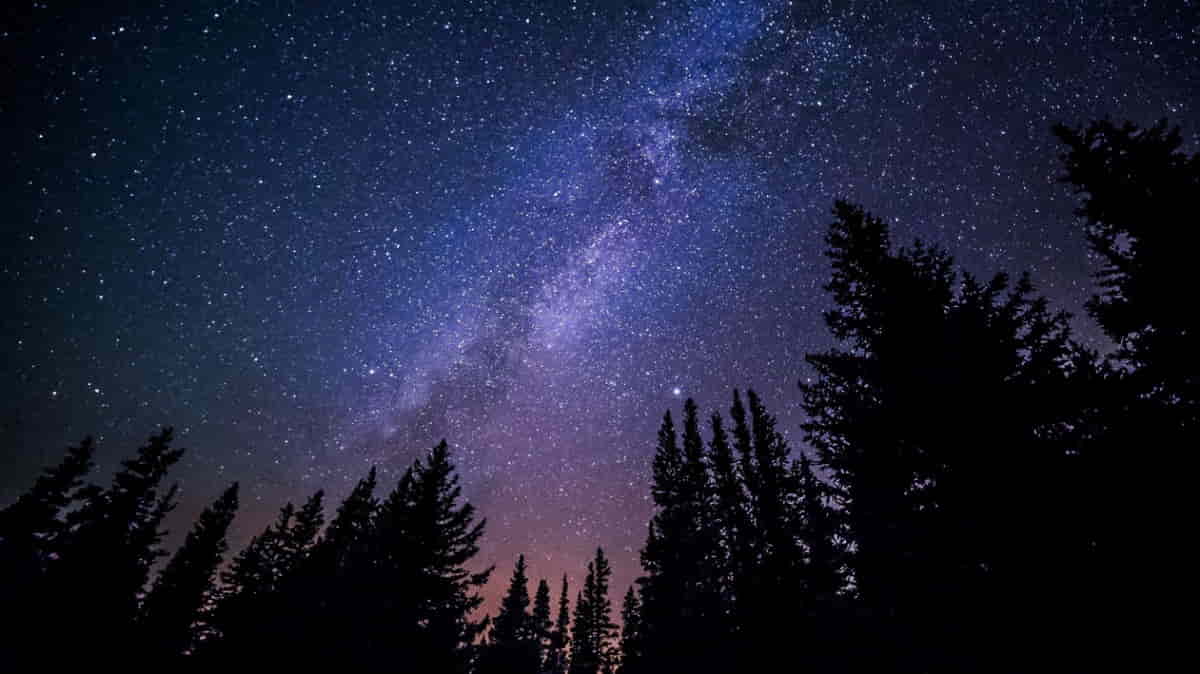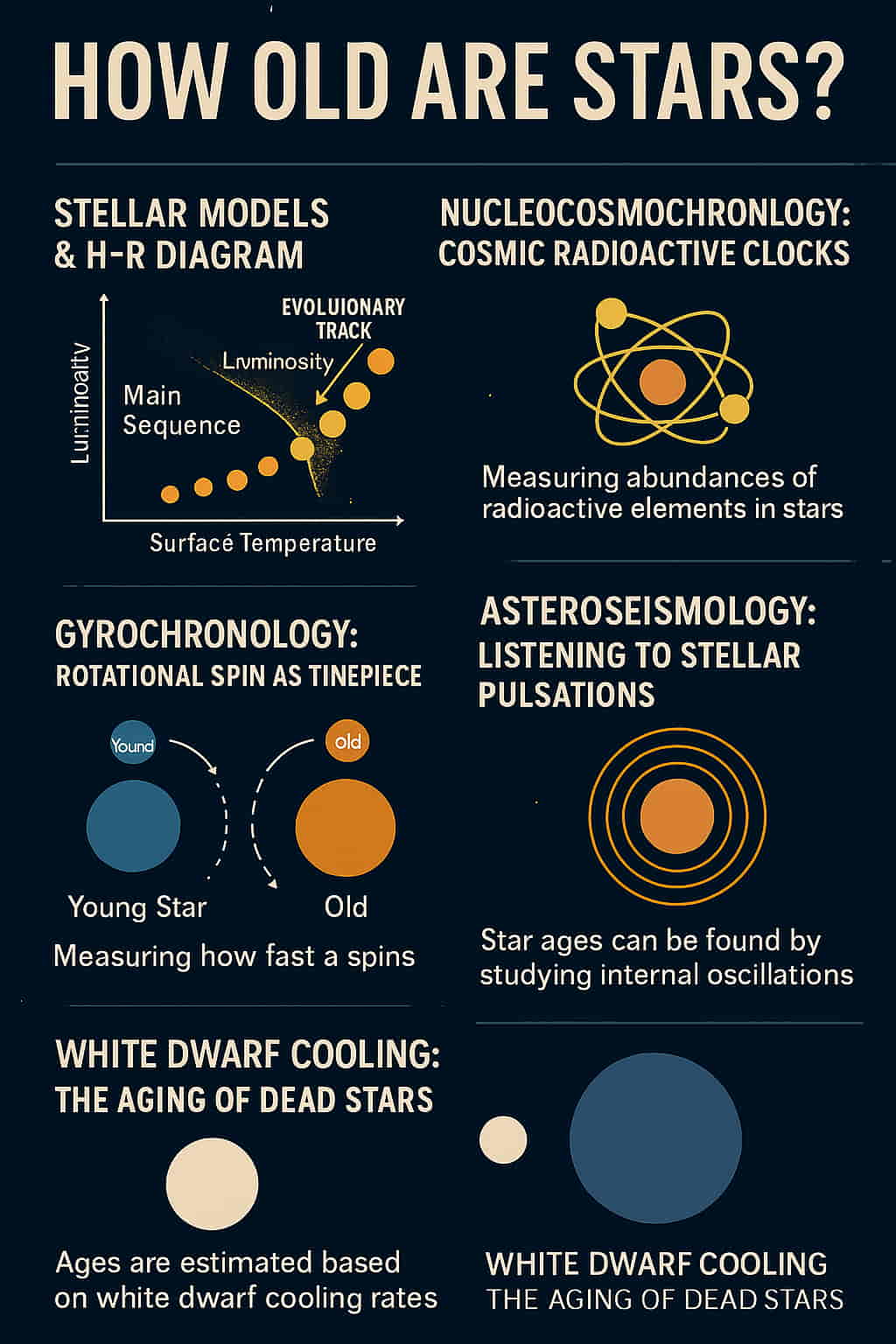
When we gaze up at the night sky, it’s natural to wonder not just what stars are made of, but how old are stars and what their ages can reveal about the universe. Determining a star’s age isn’t as straightforward as counting rings in a tree or examining fossil layers—it requires a blend of astrophysics, light analysis, and powerful space telescopes. In this article, we’ll explore the fascinating methods scientists use to estimate stellar ages, why it matters, and how knowing how old are stars helps us unlock the secrets of galaxies, planets, and even our own cosmic origins.
Understanding how old are stars isn’t easy—but here’s exactly how astrophysicists crack the mystery.
Magic may seem to power the night sky, but science holds the key. When you ask “how old are stars,” you’re asking about a journey of cosmic detective work: decoding light, tracking chemical changes, and using stellar evolution as a clock. In this article, we’ll dive deep into the methods scientists use to answer that question. You’ll learn:
-
Why knowing star ages matters
-
The main techniques used today
-
Real-world examples
-
Implications for astronomy, including exoplanets and galaxy evolution
Throughout, you’ll see the keyword how old are stars woven in naturally, at least six times, including in headings. Plus, we’ve added helpful links to trusted sources, an FAQ section, and full SEO metadata at the end.
Why Ask “How Old Are Stars”?
The question how old are stars isn’t pure curiosity. It underpins broader astronomy:
-
It helps us trace the Milky Way’s formation. If you know when stars formed, you can map our galaxy’s history.
-
It reveals the timelines of exoplanet systems—if a star is billions of years old, its planets had time to evolve.
-
It tests nuclear fusion theories—stellar lifetimes are governed by fusion rates.
So answering “how old are stars” advances both fundamental physics and our cosmic story.
1. Stellar Models & the Hertzsprung-Russell (H-R) Diagram
One of the most powerful approaches to “how old are stars” combines theoretical models with observation:
-
Plot a star’s brightness vs. surface temperature on the Hertzsprung‑Russell diagram.
-
Compare the star’s position to evolutionary tracks predicted by models.
-
Estimate its age based on where it lies—main sequence, subgiant branch, giant phase, etc.
When astronomers ask “how old are stars” in clusters, they plot many stars on an H‑R diagram. The point where the most massive stars leave the main sequence (the “turn‑off point”) reveals the cluster’s age. This is among the most reliable methods for groups of stars.
2. Nucleocosmochronology: Cosmic Radioactive Clocks
A more subtle answer to “how old are stars” uses radioactive elements inside stars, like uranium and thorium. This technique—called nucleocosmochronology—measures:
-
The star’s current radioactive abundances
-
Comparing them to theoretical starting abundances predicts elapsed time
Because radioactive decay acts like a clock, this method can date very old stars in the halo of the Milky Way, helping us pinpoint when those formed—sometimes 12 to 13 billion years ago.
See more about cosmic clocks from NASA: NASA Nuclear Cosmochronology
3. Gyrochronology: Rotational Spin as Timepiece
Another creative route to how old are stars is gyrochronology, which uses stellar rotation:
-
Stars spin rapidly when young and slow over time due to magnetic winds.
-
Measure rotation via periodic brightness dips (starspots).
-
Compare rotation period and mass to models to get an age estimate.
This is most effective for Sun‑like main-sequence stars under a few billion years. NASA’s Kepler mission has provided rotation data for thousands, making gyrochronology a powerful tool. See NASA’s Kepler project for more on rotation studies.
4. Asteroseismology: Listening to Stellar Pulsations
Some stars “ring” like bells—tiny surface vibrations cause brightness oscillations. By studying these patterns, scientists answer “how old are stars” with high precision through asteroseismology:
-
Detect oscillation frequencies via space telescopes (e.g., Kepler, TESS).
-
Sound wave frequencies reflect interior structure and core properties.
-
Compare observations with models to derive age, mass, radius—and often metal content.
ESA’s PLATO mission (planned launch in 2026) promises high-precision ages for thousands of stars using this method. More at ESA: ESA PLATO mission
5. White Dwarf Cooling: The Aging of Dead Stars
White dwarfs are stellar remnants that cool predictably. To answer “how old are stars” when they’ve become white dwarfs:
-
Measure their brightness and temperature.
-
Compare to cooling models.
-
Infer age since formation—can be 10+ billion years for the coolest cases.
Since most stars (including the Sun) end as white dwarfs, this method helps trace the age of the galactic disk and halo over long timescales.
6. Combining Multiple Methods: Robust Star Ages
Each method has pros and cons:
| Method | Best For | Limitations |
|---|---|---|
| H-R Diagram Turn-off | Star clusters (billion+ years) | Requires cluster membership; less useful for singles |
| Nucleocosmochronology | Ancient halo stars | Depends on theoretical initial abundances |
| Gyrochronology | Young Sun-like stars | Less precise for >4 Gyr; mass dependent |
| Asteroseismology | Bright pulsating stars | Requires high-quality oscillation data |
| White-dwarf Cooling | Dead stars in clusters/field | Sensitive to atmosphere and composition models |
Astronomers tackle “how old are stars” by combining methods. For example, a star in a cluster might get an age from H‑R turn‑off, validated by white‑dwarf cooling or asteroseismology.
Real-World Example: The Ages of Sun-like Stars
Take a Sun‑like star discovered with the TESS satellite. Researchers used:
-
Gyrochronology, based on rotation period.
-
Asteroseismology, from oscillation modes.
-
Metal content analysis via spectroscopy.
By combining these, they estimated an age with ±5% precision—typically a few billion years. So when you wonder how old are stars like our Sun, the answer now comes with real confidence.
Implications of Knowing Stellar Ages
Knowing star ages well transforms many fields:
-
Galactic Archaeology: Surveys like Gaia allow us to map age distributions across the Milky Way disk and bulge.
-
Exoplanet Evolution: Planets around older stars may have lost atmospheres or experienced orbital migration.
-
Cosmic Timeline: Ancient stars date the earliest epochs of galaxy formation and metal enrichment.
For example, cheap, high‑volume stellar survey data from Gaia and APOGEE lets researchers build galactic age maps using how old are stars techniques calibrated across millions of stars.
How Old Are Stars: Core Methods Compared
(Here we used the keyword again inside a heading.)
Space-Based Surveys Enhancing Age Measurements
Several missions provide the high-precision data needed for measuring stellar ages:
-
Gaia (ESA): Delivers distances, motions, and photometry for over 2 billion stars—key for placing stars on H‑R diagrams accurately.
-
Kepler & K2 (NASA): Revolutionized both asteroseismology and gyrochronology with time‑series photometry.
-
TESS (NASA): Continues to gather stellar light curves, expanding age-dating opportunities.
These datasets push age precision to within 5–10% for many Sun‑like and slightly evolved stars.
Challenges in Determining “How Old Are Stars”
Even with advanced methods, uncertainties remain:
-
Model limitations – small changes in nuclear reaction rates, opacities, or mixing affect model outputs.
-
Metallicity Calibration – initial composition influences evolution; slight abundance differences shift age estimates.
-
Magnetic Activity & Rotation – magnetic cycles can affect brightness and rotation period measurements.
-
Binary & Planetary Effects – stars interacting with companions or engulfing planets may evolve differently.
Understanding these limitations helps astronomers refine the question how old are stars and improve future models.
The Future: Precise Ages for Millions
Upcoming and recent initiatives are revolutionizing stellar age-dating:
-
ESA PLATO (launch ~2026): Will provide ultra-high-precision photometry for oscillation-based ages across vast sky regions.
-
LSST (Vera Rubin Observatory): Long-term ground-based photometry could uncover rotation rates for tens of millions of stars.
-
3D Stellar Models: Next‑generation physics in stellar evolution codes will reduce theoretical uncertainties.
In a few years, astronomers will be able to answer how old are stars with unprecedented reliability—across entire Galactic populations.
FAQ: Measuring Star Ages
Q: What is the most accurate method to find “how old are stars”?
A: Asteroseismology offers the best precision, often ±5%, but only for oscillating stars. For clusters, H‑R turn-off is highly reliable.
Q: Can we date every star in the sky?
A: Not yet. Some methods need specific data: clusters, oscillation detections, rotation curves, or cooling white dwarfs. But upcoming surveys like Gaia and LSST are changing that.
Q: How old is our Sun?
A: The Sun is about 4.57 billion years old, determined through meteorite dating and comparison to solar models—validating stellar age techniques.
Q: Do all stars age the same way?
A: No. Massive stars burn faster and live shorter lives. Low-mass stars (red dwarfs) can last tens to hundreds of billions of years—far longer than the current Universe.
Q: Can star age give clues to exoplanet history?
A: Absolutely. Planet formation, atmospheric loss, and habitability timelines depend on the host star’s age.
Conclusion
Breaking down the big question—how old are stars—reveals a constellation of creative methods, from radioactive clocks to stellar pulsations. Each technique brings its strengths and limitations, but together they paint a detailed chronicle of cosmic history. As new space missions and telescopes come online, this cosmic timekeeping will only sharpen—letting us peer deeper into our galaxy’s past and predict our celestial future.

